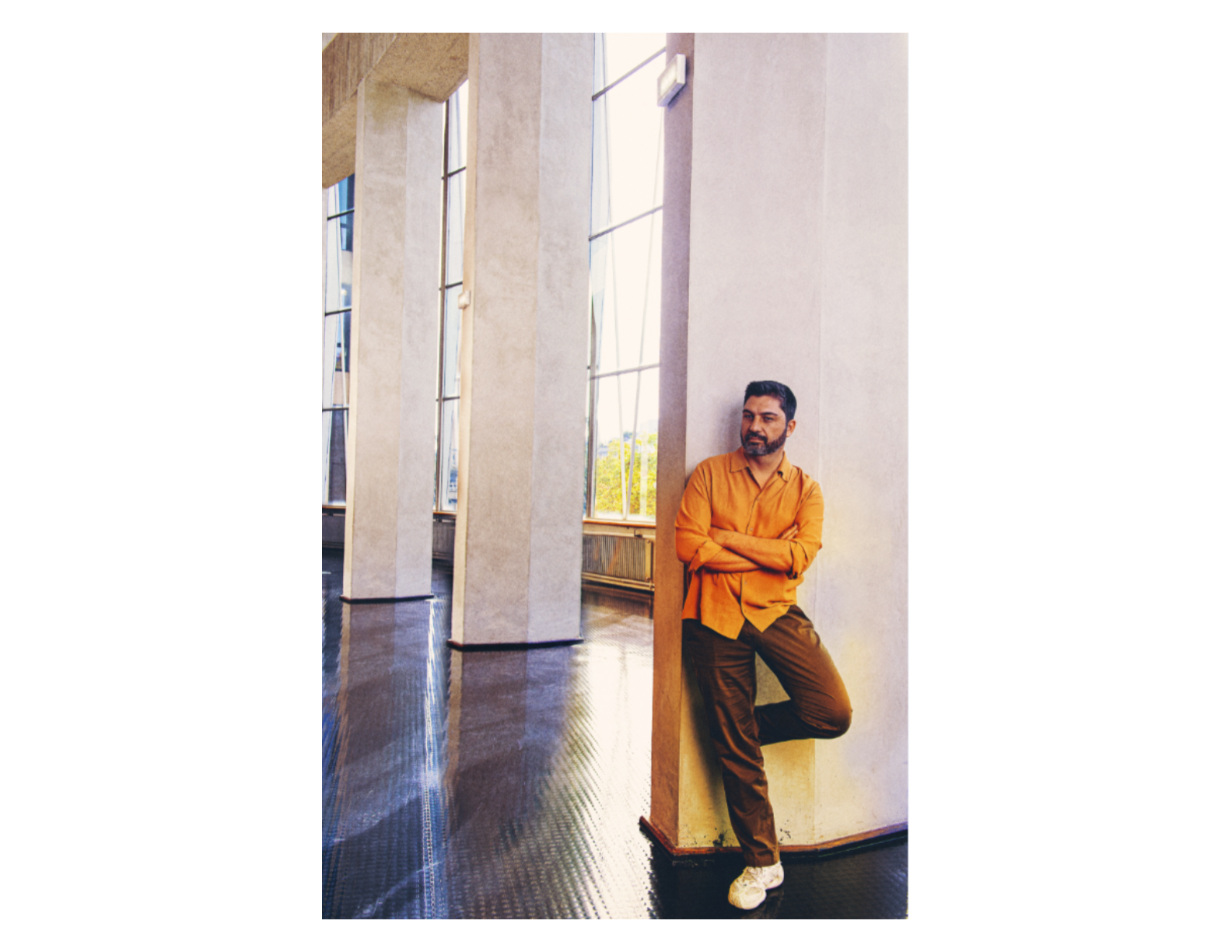Tiago Guedes, the New Director of Lyon’s Maison de la Danse and Dance Biennale, Finds Artistic Fulfillment Through Curation
Since the 1980s, the city of Lyon has become known as a bustling dance scene in France—in no small part due to the Maison de la Danse, a venue dedicated to the art form, and its international Dance Biennale. Last year, both welcomed only their third director in over four decades: Tiago Guedes, who took over from Dominique Hervieu. Guedes, a former dancer and choreographer, made his name in his native Portugal as a savvy champion of emerging contemporary dance from around the world. From 2014 to 2022, he masterminded the renaissance of Porto’s Municipal Theater, where he created a dance festival, DDD (Dias da Dança). This September, he will preside over his first Biennale in Lyon—partly programmed by Hervieu—ahead of major developments at the Maison de la Danse. The Lyon theater is set to open a second venue in 2026, and, under Guedes, it will have associate artists including Lia Rodrigues, François Chaignaud, Dorothée Munyaneza, and Jan Martens.
I started programming by chance. In 2008, I was associate artist with a theater in the French city of Armentières, and they asked me to pitch a weekend centered on Portuguese artists. It spoke to me immediately: Programming isn’t so different from creating, and it felt a lot more collective. When you’re a choreographer, you’re often in your bubble with your team, whereas as a programmer, I’m working hand in hand with a range of artists and partners from other venues.
Back in Portugal, I decided to create an arts festival in my mother’s village, an hour from Lisbon. There were no professional performances there, but plenty of people played music or danced for pleasure. There were constraints, but they became strengths: Since there was no hotel in the village, locals opened their houses to the artists in exchange for free show tickets. So outreach happened organically, because when someone eats breakfast with you, you become curious to see their work.
In 2013, I created my last show as a choreographer. It was a conscious artistic choice: I was enjoying programming more than doing my own projects. I was about to start as director of Porto’s Municipal Theater, and I figured that was the opportunity to make a decision. People often ask me if I miss choreographing, but I really don’t. Being a programmer and an artist at the same time is tough, and there are so many brilliant choreographers. I want to give them visibility now.
The dance scene in Porto was really vibrant. When I arrived, in 2014, a new mayor had just been elected and wanted to invest again in culture, after years of privatization. The city’s two stages were brought together to become Porto’s Municipal Theater. A number of artists moved there around that time because it was cheaper than Lisbon, and there was an influx of Brazilian creatives who had fled the Bolsonaro regime. We were able to create a new festival, DDD (Dias da Dança), and a dance center that hosts residencies.
I get bored when things are too easy. I could have stayed in Porto and enjoyed what we’d built, but I like a challenge. When they launched the search for a new director in Lyon, I thought there was a lot to do there. The Maison de la Danse and the Lyon Biennale have 43 years of history, but there is space to dream about the future. With the Biennale, you have to consider the political and social function of such a huge event today. It’s always played a major role in European dance, but I’m very tuned in to what is happening in Africa and South America, too, and I want to give that spotlight to artists from less privileged parts of the world.
A lot will change in Lyon in the coming years. It is known as a dance city, but it was designed for touring rather than creation: The Maison de la Danse only has one stage, with 1,000 seats to fill and no space for residencies. A plan is underway to add a second venue nearby, the Ateliers de la Danse, in 2026. We’ll have a new, 450-seat auditorium, and studios—including one outdoors, for artists who work in public spaces—that will allow us to nurture creation in varied ways.
I try to program in a nonhierarchical way. Programming isn’t about one person’s taste: I feel more like a conductor, putting together lineups with my team. It’s tied to a context, too. I don’t select productions the same way in Lyon, where we’re 60 percent self-financed, as I did in Porto, where I got a fixed budget from the city and didn’t need to generate revenue. It’s a very interesting exercise, because you have to put yourself in the viewers’ shoes, and audiences are so diverse. I’m having a lot of fun.




